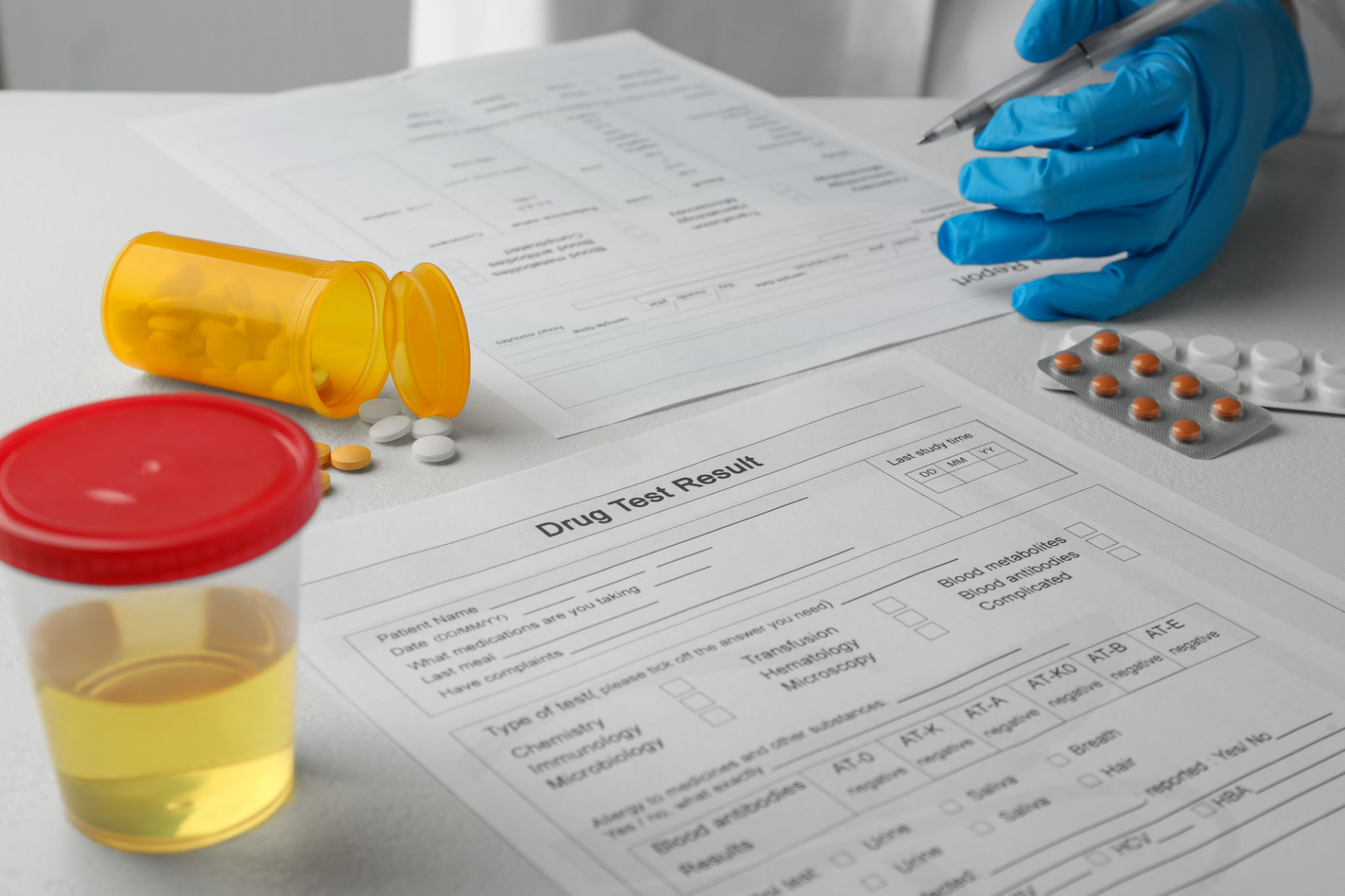A Comprehensive Guide to Onsite Drug Testing: What Employers Need to Know
Introduction to Onsite Drug Testing
In today's fast-paced work environment, maintaining a safe and productive workplace is a top priority for employers. One effective method to ensure safety is through onsite drug testing. This approach not only helps in identifying potential substance abuse issues but also promotes a culture of accountability and responsibility.

Benefits of Onsite Drug Testing
Onsite drug testing offers several advantages over traditional testing methods. Firstly, it provides convenience and efficiency, as employees do not need to leave the workplace for testing, minimizing downtime. Additionally, it ensures faster results, allowing employers to take prompt action if necessary.
Another significant benefit is the ability to conduct random testing, which acts as a deterrent against drug use. By implementing a robust onsite drug testing program, companies can reduce the risk of workplace accidents and improve overall productivity.
Types of Onsite Drug Tests
There are various types of onsite drug tests available to employers, each designed to detect different substances. Some of the most common include:
- Urine Tests: These are the most widely used and can detect a range of substances.
- Saliva Tests: Known for their quick turnaround, they are less invasive and provide reliable results.
- Hair Tests: These tests can detect drug use over a more extended period, making them ideal for identifying long-term substance abuse.

Legal Considerations
While onsite drug testing is beneficial, employers must be aware of the legal implications involved. It is essential to comply with federal and state regulations, which may vary significantly. Employers should ensure that their drug testing policies are clear, consistent, and non-discriminatory.
Consulting with legal professionals or human resource experts can help formulate policies that align with current laws and protect the rights of both the employer and employees.
Implementing an Onsite Drug Testing Program
To successfully integrate an onsite drug testing program, employers should follow these steps:
- Develop a Clear Policy: Outline the purpose, scope, and procedures of the drug testing program.
- Communicate with Employees: Ensure transparency by informing employees about the policy and its implications.
- Select a Reliable Testing Provider: Partner with a reputable company that offers certified testing services.
- Train Supervisors: Equip supervisors with the knowledge to identify signs of substance abuse and conduct tests effectively.

Maintaining Confidentiality
Confidentiality is a crucial aspect of any drug testing program. Employers must take appropriate measures to protect employee privacy and ensure that test results are handled sensitively. This includes limiting access to results and maintaining secure records.
A breach of confidentiality can lead to legal consequences and damage trust within the workplace, undermining the effectiveness of the drug testing program.
Conclusion
Onsite drug testing is a valuable tool for maintaining a safe and productive work environment. By understanding the benefits, legal considerations, and implementation strategies, employers can develop an effective program that promotes workplace safety and enhances overall performance.
Ultimately, a well-executed onsite drug testing program fosters a culture of trust and responsibility, benefiting both the organization and its employees.